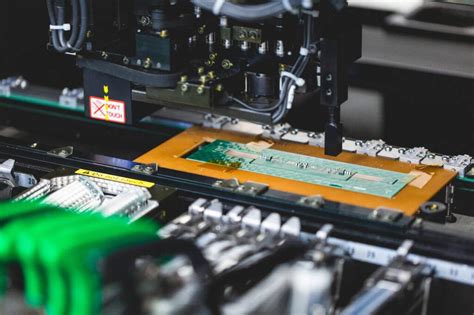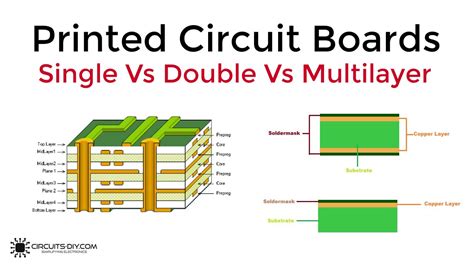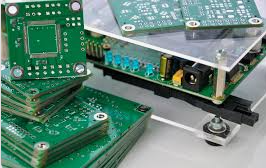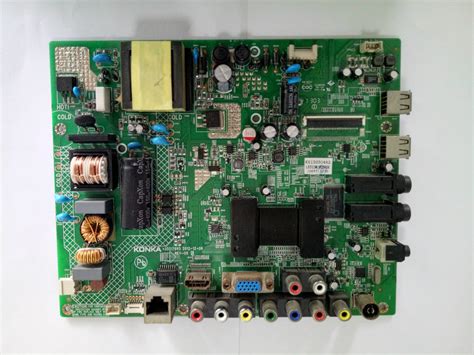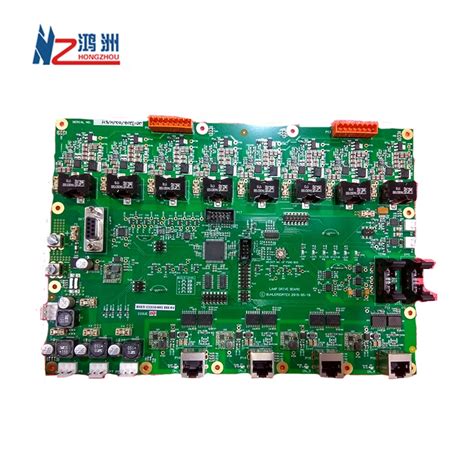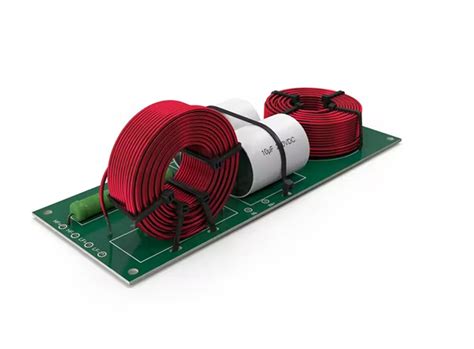PCB Manufacturing Price Guide: Optimizing Prototype Project C
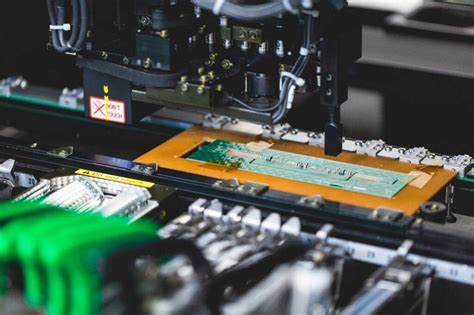
Key Takeaway
When evaluating PCB manufacturing expenses for prototypes, understanding cost drivers helps you make informed decisions. PCB manufacturing companies typically structure pricing around material selection, layer count, and turnaround time. For instance, a 2-layer board with standard FR-4 substrate often costs 30-40% less than multilayer designs using high-frequency materials.
"Early collaboration with your PCB manufacturing business partner can reveal cost-saving opportunities without compromising functionality—ask about panelization options or shared tooling fees."
Consider these primary PCB manufacturing cost factors:
| Cost Component | Impact Range | Optimization Strategy |
|---|---|---|
| Board Layers | +$25/layer | Simplify layer stackup |
| Surface Finish | $10-$50/panel | Choose HASL over ENIG |
| Quantity | 10-50% volume discount | Bundle multiple revisions |
To stay under $150 for prototypes, prioritize design standardization: use common board sizes and avoid custom drill patterns. Some PCB manufacturing suppliers offer pooled services where multiple clients share production panels, effectively lowering per-unit costs. Always request detailed breakdowns to identify non-essential charges like expedited shipping or excessive testing protocols.
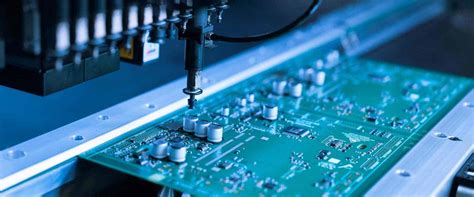
PCB Prototyping Costs Analysis Guide
When evaluating PCB manufacturing expenses for prototypes, you’ll need to dissect both visible and hidden cost drivers. The PCB manufacturing cost typically hinges on board complexity, material selection, and turnaround time. For example, high-density interconnects or specialized substrates can increase prices by 30–50% compared to standard FR-4 designs. While many PCB manufacturing companies offer tiered pricing for prototypes, low-volume orders often face premium charges due to setup fees and material waste.
A critical step is comparing quotes from multiple suppliers while accounting for their minimum order quantities (MOQs). Some PCB manufacturing business models prioritize speed over affordability, which may not align with budget-focused projects. Instead, look for providers offering shared panel services or prototyping-specific discounts. Material costs, layer counts, and surface finishes (like ENIG vs. HASL) also directly impact your bottom line—opting for cost-effective alternatives here can reduce expenses by up to 25%.
Understanding these variables helps you select PCB manufacturing companies that align with your budget constraints while maintaining quality standards. For a detailed breakdown of cost structures, refer to industry-standard pricing models. By balancing technical requirements with financial limitations, you can avoid overspending during the iterative design phase.

Low-Cost PCB Assembly Solutions Compared
When selecting PCB manufacturing partners for prototype projects, balancing affordability and quality requires careful evaluation. Cost-effective solutions often begin with choosing PCB manufacturing companies that specialize in low-volume orders, as their pricing models prioritize flexibility over bulk discounts. For instance, some providers offer tiered PCB manufacturing cost structures, reducing per-unit fees as order quantities increase—even for batches under 50 units.
Material selection also plays a critical role: opting for standard FR-4 substrates instead of high-frequency laminates can lower expenses by 20–40%. Additionally, streamlining your design (e.g., minimizing layer counts or avoiding complex via structures) directly impacts the PCB manufacturing business quote. Automated assembly services may further cut costs, but verify if they support partial automation for mixed-technology boards—this avoids overpaying for features your prototype doesn’t need.
Always request detailed breakdowns to compare hidden fees, such as tooling charges or expedited shipping. By aligning your requirements with suppliers’ core competencies, you can achieve functional prototypes without exceeding tight budgets.
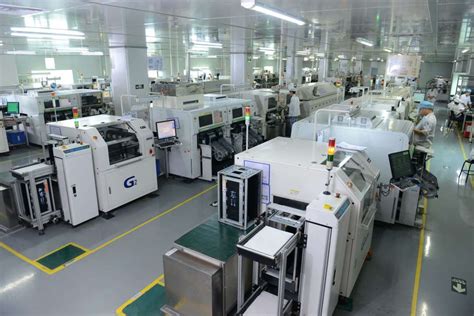
Optimizing Budgets for Prototype PCBs
When planning your prototype budget, start by understanding how PCB manufacturing costs scale with order volume. While high-volume production benefits from economies of scale, prototypes often require low-quantity runs that prioritize flexibility over bulk discounts. To minimize PCB manufacturing cost, collaborate early with PCB manufacturing companies to align design choices with their capabilities—such as standard material selections or panelization techniques that reduce waste.
A common pitfall is over-engineering designs with unnecessary layers or advanced finishes. Instead, focus on functional requirements: opt for 2-layer boards where possible and limit specialized coatings unless critical for testing. Many PCB manufacturing business providers offer tiered pricing for prototypes, allowing you to balance speed and affordability. For instance, extending lead times by 3-5 days could cut costs by 15–20%, freeing funds for iterative testing.
Don’t overlook assembly synergies. Some suppliers bundle PCB manufacturing and component sourcing, streamlining logistics and avoiding hidden fees. However, verify if their minimum order thresholds align with your project’s scope—pushing for “proto-optimized” packages ensures you’re not paying for unused services. Finally, use design-for-manufacturing (DFM) tools provided by vendors to identify cost-drivers early, turning abstract PCB manufacturing cost estimates into actionable savings.
Breaking Down PCB Manufacturing Price Factors
When evaluating PCB manufacturing expenses, you’ll encounter four primary cost drivers: material selection, design complexity, production volume, and turnaround time. PCB manufacturing companies typically price prototypes based on substrate materials—common FR-4 is budget-friendly, while high-frequency laminates like Rogers can increase PCB manufacturing cost by 30–50%. Layer count also plays a critical role: a 2-layer board might cost $5 per unit, but adding layers escalates drilling and alignment expenses exponentially.
Order quantity directly impacts pricing tiers. While low-volume orders (under 50 units) avoid excess inventory, they lack economies of scale—a key consideration for startups in the PCB manufacturing business. Faster turnaround times (e.g., 24–48 hours) often incur premiums of 20–40%, so balancing deadlines with budget is essential.
Design features like via types, solder mask colors, and surface finishes (HASL vs. ENIG) further refine costs. For instance, gold-plated contacts enhance durability but add $0.10–$0.30 per board. By understanding these variables, you can prioritize features that align with your project’s technical needs while avoiding over-engineering. Always request itemized quotes to identify areas for optimization without compromising functionality.
Affordable Prototype Strategies Under $150
When targeting PCB manufacturing budgets below $150, prioritizing design efficiency and supplier selection becomes critical. Start by evaluating PCB manufacturing companies that specialize in low-volume prototyping—many offer tiered pricing models optimized for smaller batches. For instance, opting for 2-layer boards instead of 4-layer designs can reduce PCB manufacturing cost by up to 40%, while still meeting basic functional requirements.
Another strategy involves material selection: standard FR-4 substrates are often more cost-effective than high-frequency alternatives unless your project demands specialized performance. To further cut expenses, consider consolidating multiple design iterations into a single order. Some PCB manufacturing business providers offer discounted panel-sharing options, allowing you to split fabrication costs with other prototypes.
Don’t overlook assembly services—integrated suppliers that bundle fabrication and component sourcing can minimize hidden fees. Always verify whether your chosen partner includes basic assembly in their prototype packages or charges separately. Finally, leverage online quoting tools to compare real-time pricing adjustments based on board size, quantity, and turnaround time. By aligning these factors, you’ll maintain quality without exceeding your $150 threshold.
Navigating Minimum Order Challenges in PCBs
When developing prototype electronics, you’ll quickly encounter pcb manufacturing companies enforcing minimum order quantities (MOQs). These thresholds, often tied to material setup and labor allocation, can inflate pcb manufacturing cost for small batches. To navigate this, start by evaluating whether suppliers offer tiered pricing for low-volume runs or shared panelization options that split costs across multiple projects. Some pcb manufacturing business models specialize in prototyping, providing flexible MOQs as low as 5-10 units—critical for testing iterations without overspending.
If standard providers demand higher volumes, consider pooling orders with other teams or leveraging blanket orders that stagger production over time. Transparent communication about your project’s scope helps manufacturers suggest cost-reduction tactics, such as using standard materials or adjusting delivery timelines. Remember, while MOQs aim to optimize pcb manufacturing workflows, they shouldn’t derail budget planning. Prioritize partners that align with your scale—saving upfront costs now creates room for design refinements later.
Cost-Effective PCB Design Iteration Meth
When refining your prototype, adopting modular layout principles significantly reduces pcb manufacturing cost during iterations. Start by isolating functional blocks in your design—this allows targeted revisions without full-board respins. Many pcb manufacturing companies offer discounted rates for partial panel updates, particularly when reusing existing tooling for unchanged sections.
Leverage simulation-driven validation tools before submitting files to minimize physical test cycles. Automated Design Rule Checks (DRCs) paired with thermal/EMI modeling can prevent 40-60% of common fabrication errors that escalate pcb manufacturing expenses. For complex designs, consider split-layer prototyping: manufacturing critical signal layers first for functional verification before committing to full multilayer production.
Collaborate early with your pcb manufacturing business partner to align design specs with their process capabilities. Minor adjustments in trace width tolerances or solder mask expansion parameters often yield substantial cost savings without compromising performance. Implement version-controlled design repositories to track changes efficiently—this prevents redundant modifications that inflate iteration costs.
Remember: Each design tweak should balance technical requirements with pcb manufacturing economics. Prioritize revisions addressing core functionality over aesthetic optimizations in early-stage prototypes, gradually tightening tolerances as your design matures. Most manufacturers provide real-time pricing feedback through online quoting systems, enabling instant cost comparisons between iteration options.
Conclu
When navigating pcb manufacturing for prototype projects, your final decisions should balance technical requirements with budget realities. Cost-effective solutions emerge when you collaborate with pcb manufacturing companies that specialize in low-volume production, as they often offer tiered pricing models to accommodate smaller batches. To minimize pcb manufacturing cost, prioritize design optimizations—such as reducing layer counts or standardizing component sizes—while ensuring your choices don’t compromise functionality.
For projects targeting budgets under $150, focus on suppliers that transparently outline their pcb manufacturing business workflows, including hidden fees for tooling or testing. Many providers now offer instant quoting tools, allowing you to experiment with design adjustments and instantly see pricing impacts. If facing minimum order challenges, consider panelizing multiple designs into a single board or exploring shared-production programs.
Ultimately, optimizing pcb manufacturing expenses requires iterative refinement: prototype small, validate quickly, and scale only after confirming design viability. By aligning your priorities with supplier capabilities, you transform cost constraints into strategic advantages for innovation.
FAQ
How do pcb manufacturing costs vary between prototype and mass production?
Prototype pcb manufacturing typically incurs higher per-unit costs due to setup fees and lower material utilization. For batches under 50 units, expect design verification and tooling to account for 25-40% of total expenses.
What factors should you prioritize when choosing pcb manufacturing companies for low-volume projects?
Focus on suppliers offering flexible minimum order quantities (MOQs), rapid turnaround times, and transparent pcb manufacturing cost breakdowns. Some providers specialize in prototype-friendly pricing models, waiving setup fees for orders under $150.
Can design adjustments reduce pcb manufacturing business expenses?
Yes. Simplifying layer counts (e.g., opting for 2-layer instead of 4-layer boards) and standardizing materials can lower pcb manufacturing costs by 15-30%. Always verify design-for-manufacturability (DFM) guidelines with your supplier.
How do shipping and testing fees impact total budgets?
Many pcb manufacturing companies bundle basic electrical testing, but accelerated shipping or advanced QA protocols may add 8-12% to your total. For prototypes under $150, consider economy shipping and self-testing where feasible.
Need a Reliable Partner for Your Next Prototype?
For tailored pcb manufacturing solutions balancing cost and quality, please click here to explore services optimized for low-volume projects.

